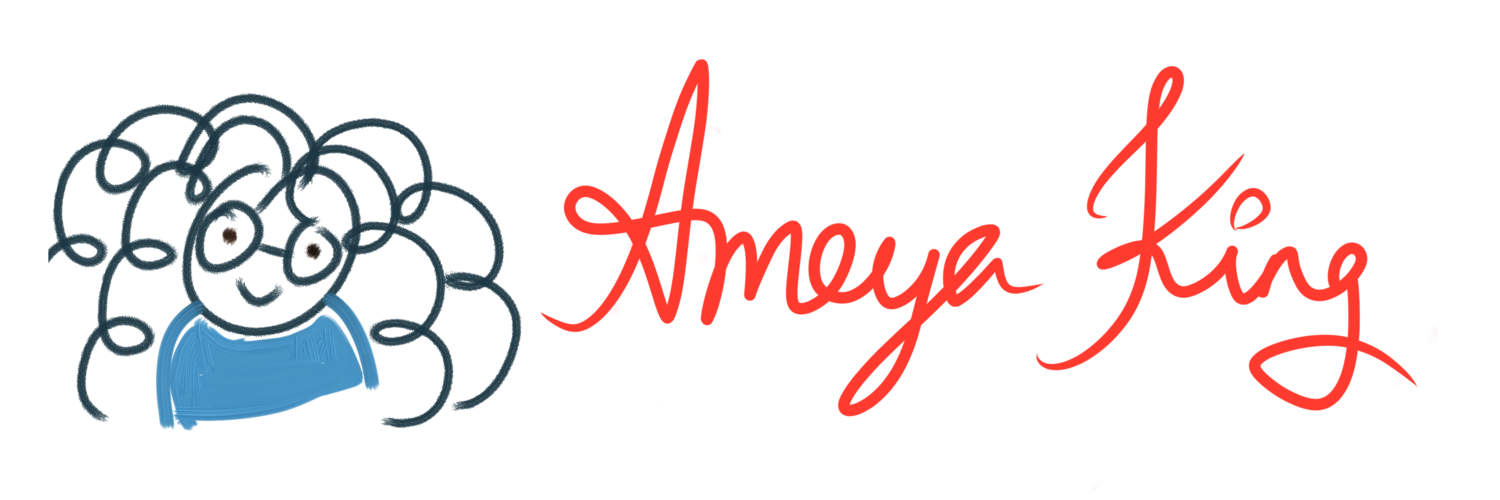ASL and Abhinaya
I had a fascinating conversation with one of my most favorite people last October that’s been churning in my head ever since. Professor Francis Tanglao-Aguas was telling me about the most recent banjars for his South and Southeast Asian performing arts classes, and how his students were using American Sign Language (ASL) as opposed to mudras to communicate. (In that class, we learn and dance / act out the Ramayana).
One of my MA classes today helped me figure out why this (simple, simple, brilliant) concept had struck such a chord with me in October. We were discussing the Natya Shastra chapter on Chitrabhinaya, when it all came together.
The Angikabhinaya chapters are focused from the perspective of each part of the body, listing out (1) different ways you can position each body part, (2) the name of that position or movement, and (3) different usage examples.
Chitrabhinaya, however, comes from the perspective of the context, not the action. The focus is, how does one use their physical body to communicate the imagined context in a way that the audience understands (without the use of props). How do you show spring or smoke, the passage of time or numbers?
One of my classmates made a very poignant observation: the intention may be to push us to draw upon our experiences and the world around us when we choreograph instead of going straight to the shastras. And this brings us back to the Banjar. In an American context with American students, using ASL as the language used to present the Ramayanam as opposed to the gestures documented in the Natya Sastra means it is accessible to a different audience.
A related and equally compelling takeaway for me: Dr. Yashoda connected the dots between chitrabhinaya and saattvikabhinaya, saying that sattvikabhinaya is the next level. It makes sense:
Angikabhinaya is focused on how to use the body.
Chitrabhinaya is focused on how to use the body to evoke a world.
Sattvikabhinaya is how to use the mind to evoke a world.
When teaching dance, we spend a lot of time talking about angikabhinaya, but perhaps we should recontextualize by paying attention to chitrabhinaya as well.
Of course, we must always aspire to harness sattvikabhinaya. The most incredible work I’ve seen has been when I have looked at just their eyes and seen a universe of emotions elapse in moments.
